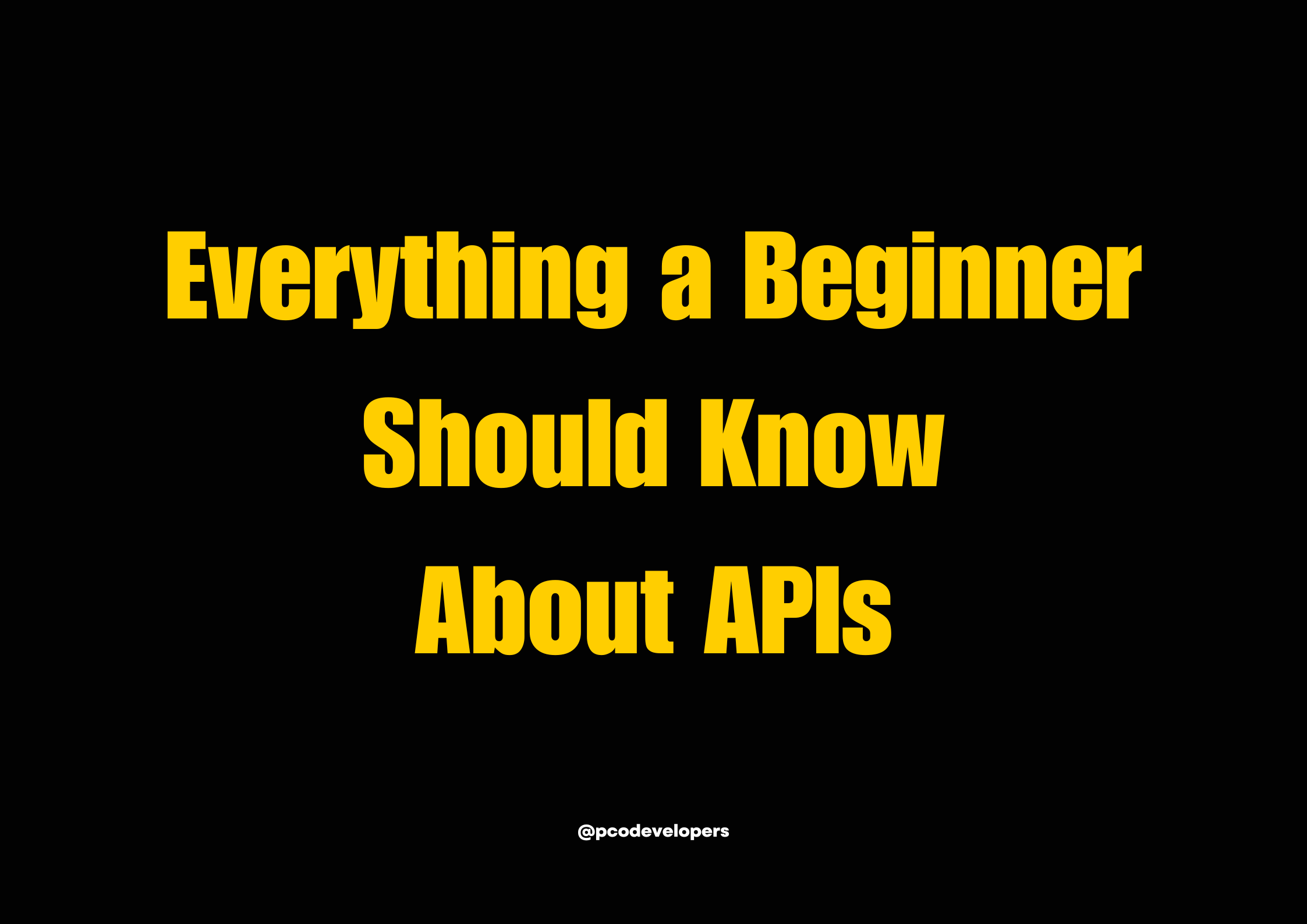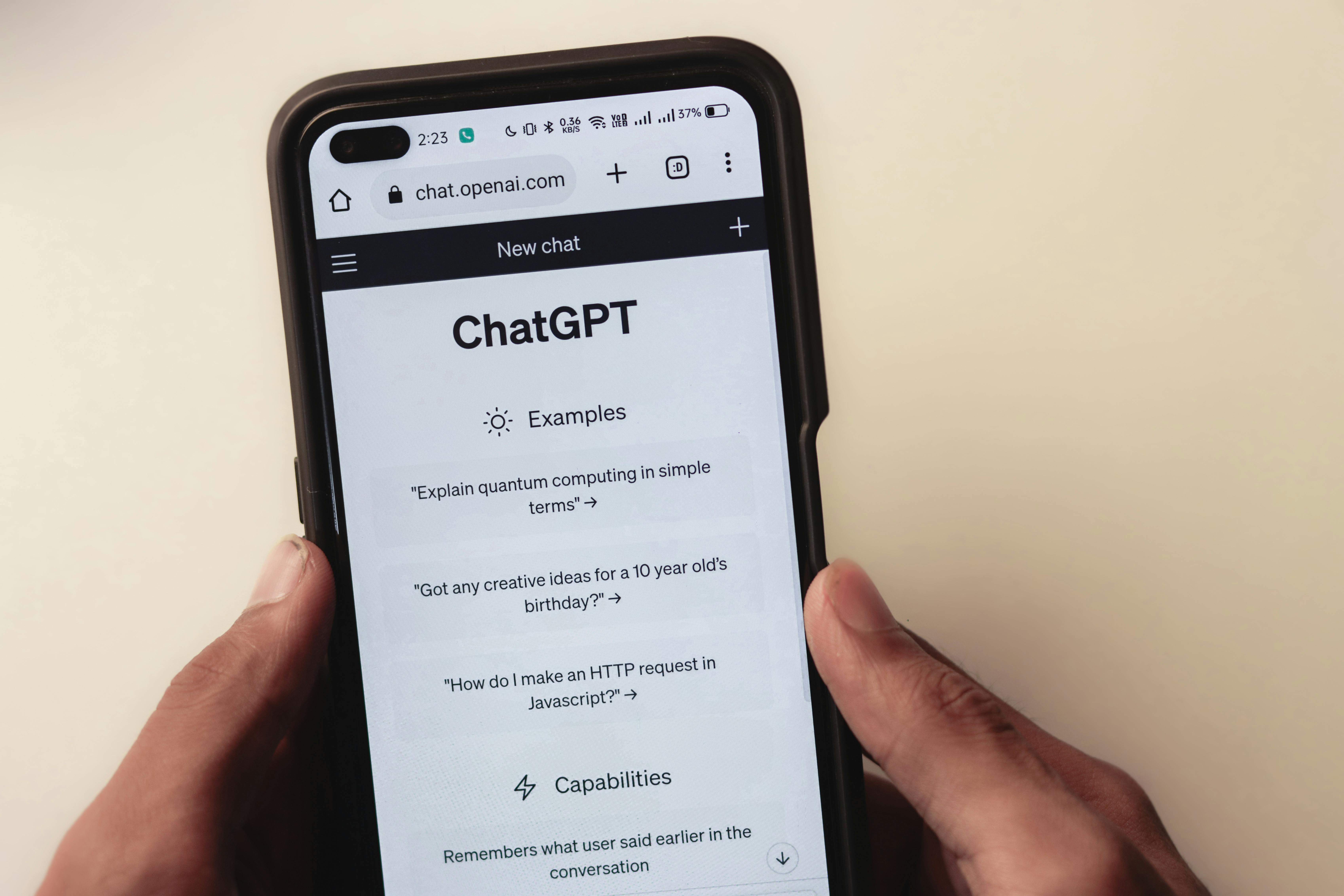Hello, curious minds! Today, we're diving into a fascinating topic that's essential in the tech world: APIs. Whether you're new to programming or just starting to explore how different apps and websites work together, understanding APIs is crucial. But don't worry; we'll keep it beginner-friendly. So, let's get started!
What is an API?
API stands for "Application Programming Interface. At its core, an API is like a middleman that allows two applications to talk to each other. Imagine you’re at a restaurant, and the waiter (API) takes your order and brings it to the kitchen (server). The kitchen prepares the food, and the waiter brings it back to you. In this analogy, the waiter facilitates communication between you and the kitchen without you needing to interact directly with the chef.
In tech terms, APIs allow different software systems to communicate and share data. For example, when you use an app to check the weather, that app might use an API to get the weather data from a weather service provider.
How Do APIs Work?
APIs work through requests and responses. A client (like your web browser or an app) sends a request to a server, asking for some data or action. The server then processes this request and sends back a response, which is usually the data the client asked for.
Here's a simple breakdown:
1. Client Request: You, the client, make a request (like asking for the weather).
2. API Call: The request is sent via the API to the server that has the information.
3. Server Response: The server processes the request and sends the data back through the API.
4. Client Receives Data: You receive the data in your app or browser.
Why Are APIs Important?
APIs are the backbone of modern web and mobile applications. They enable different software systems to work together, providing a seamless experience for users. For instance, when you use a social media app to log in using your Google or Facebook account, APIs make that possible. They allow these different platforms to communicate securely and efficiently.
Types of APIs
There are several types of APIs, but the most common ones include:
1. Web APIs: These are used to interact with web servers over the Internet. Examples include REST (Representational State Transfer) and SOAP (Simple Object Access Protocol) APIs.
2. Library APIs: These provide a set of functions that can be used by other software to perform tasks. They are usually part of a programming library.
3. Operating System APIs: These allow applications to interact with the operating system, like accessing files or managing memory.
Examples of Popular APIs
1. Google Maps API: Allows apps to display maps, locations, and directions.
2. Twitter API: Lets developers access Twitter data, such as tweets and user information.
3. Stripe API: Used for processing online payments.
How to Use an API
Using an API usually involves these steps:
1. Find the API Documentation: This is like the user manual for the API, explaining how to use it.
2. Get Access: Some APIs require you to sign up and get an API key, which is like a password that allows you to use the API.
3. Make API Calls: Use the documentation to send requests and get data or perform actions.
Key Terms to Know
Endpoint: The specific URL where an API request is sent.
HTTP Methods: These define the action to be taken (GET for retrieving data, POST for sending data, etc.).
JSON/XML: Common formats for API responses, with JSON being more lightweight and easier to use.
Security Considerations
APIs often require authentication to ensure that only authorized users can access them. This can involve API keys, OAuth tokens, or other methods. Security is crucial because APIs can be gateways to sensitive data.
APIs are a fundamental part of the digital world, making it possible for different software applications to communicate and share data seamlessly. Whether you're looking to integrate different services, build new features, or simply understand how your favorite apps work, knowing about APIs is a great place to start. So next time you use an app, remember that APIs are working behind the scenes to make it all happen!






